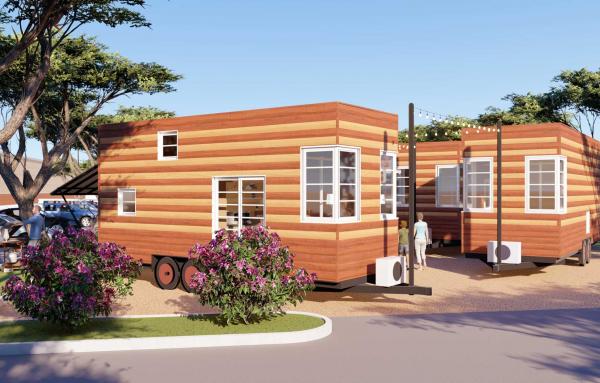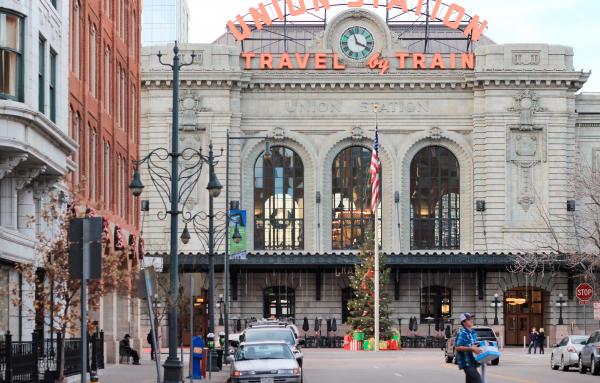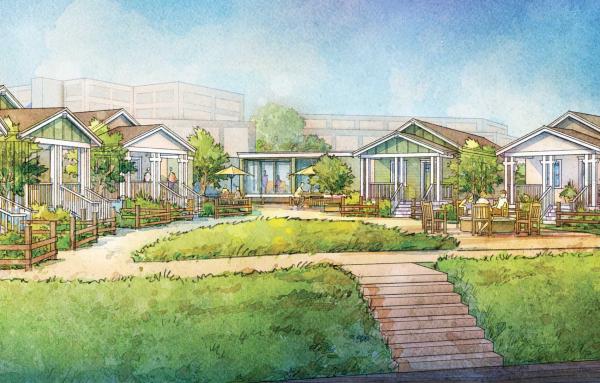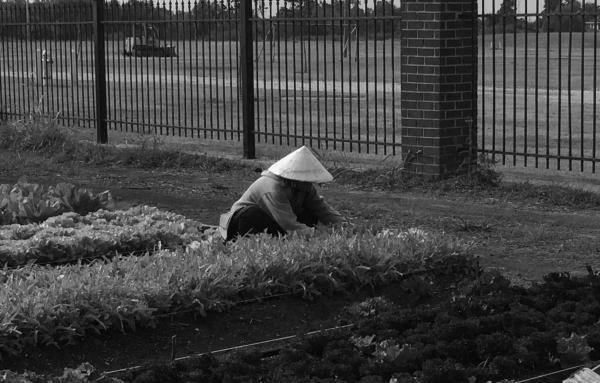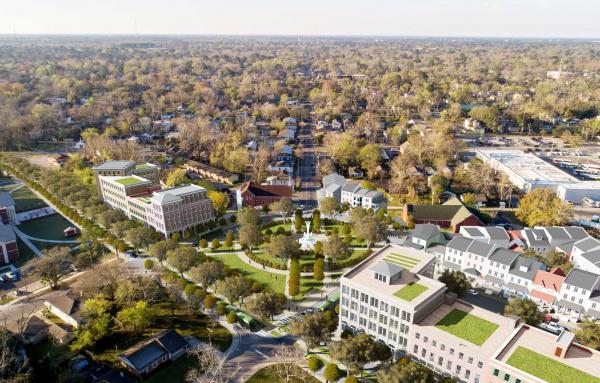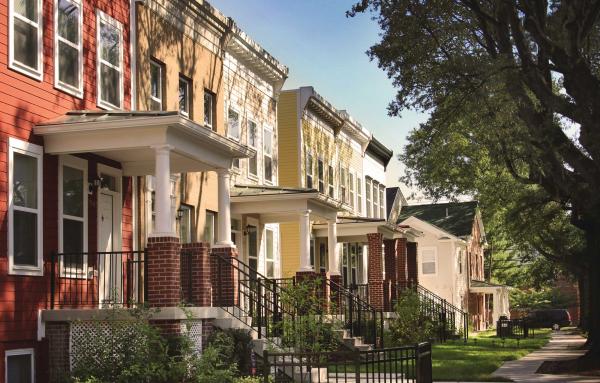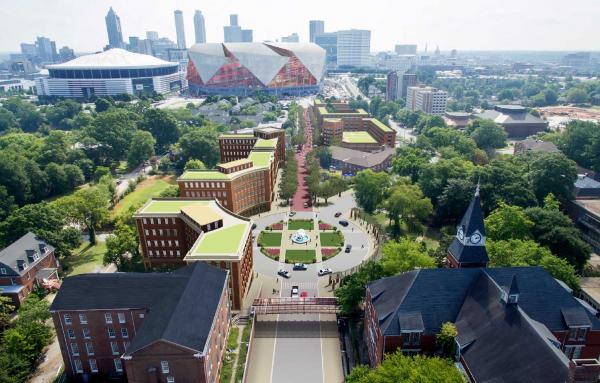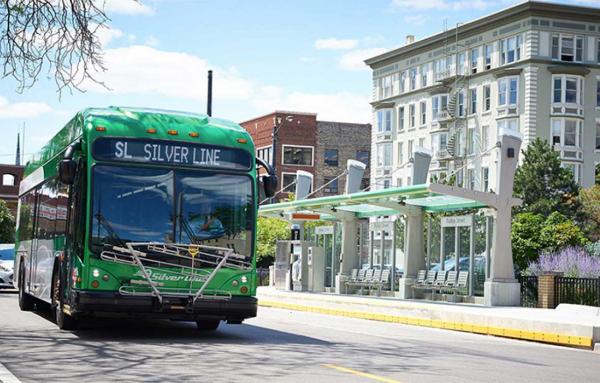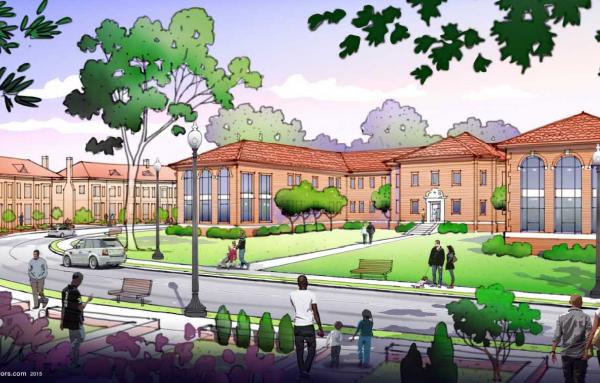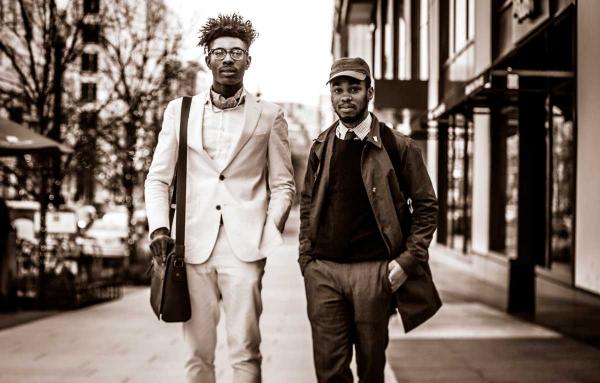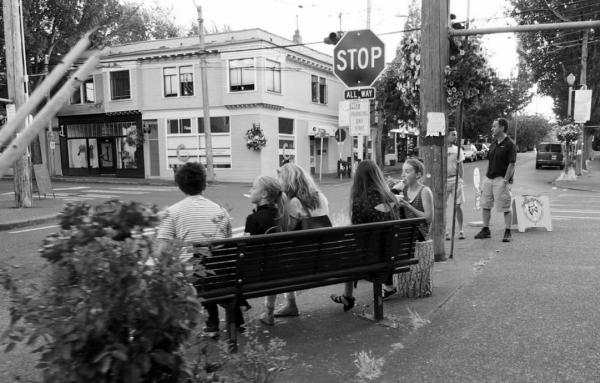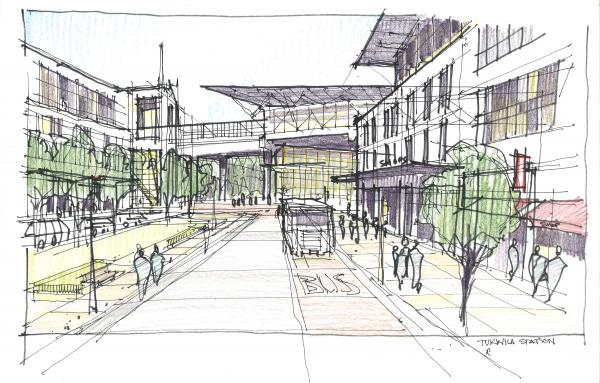Equity
Andres Duany of DPZ CoDESIGN thinks that houses on wheels could be a good answer to America's affordable housing problem, and to housing adapted for climate change.
Many cities are growing faster than they have since the 1940s as Americans rediscover the joys of human-scale neighborhoods, but their expansion is constrained by sprawl.
Model cottages will provide temporary housing for Habitat families who lost their homes to the fire, and these cottages can eventually be relocated for use as permanent housing.
An entertaining book outlines how ordinary citizens can rebuild cities without the help or hindrance of big developers, big finance, and government bureaucrats.
Eastside Savannah, a less affluent area adjacent to Savannah's historic core, was the subject of a CNU Legacy Project.
Transit-oriented project provides housing for public employees next to public housing in buildings inspired by the District's successful vernacular patterns.
Plan Westside in Atlanta looks at revitalization of a city sector that has declined economically and socially from its civil rights heyday.
The issue has changed from whether the city will grow to how and for whom the development is taking place.
The rapid change in the District has fueled concerns that investment will leave existing residents high and dry, so the city is working with the community toward a better result.
Younger and older Americans are not the only ones at risk. The summit focused on challenges faced by pedestrians in racially and economically disadvantaged communities, as well as rural areas.
Each of us sees the city from a slightly different angle. By capturing the perceptions of city dwellers, decision makers will be better equipped to plan cities and respond to urban change.
As low-income people migrate further out to the suburban fringe, they become more isolated from services and transportation, according to a report by CNU focused on Seattle.
